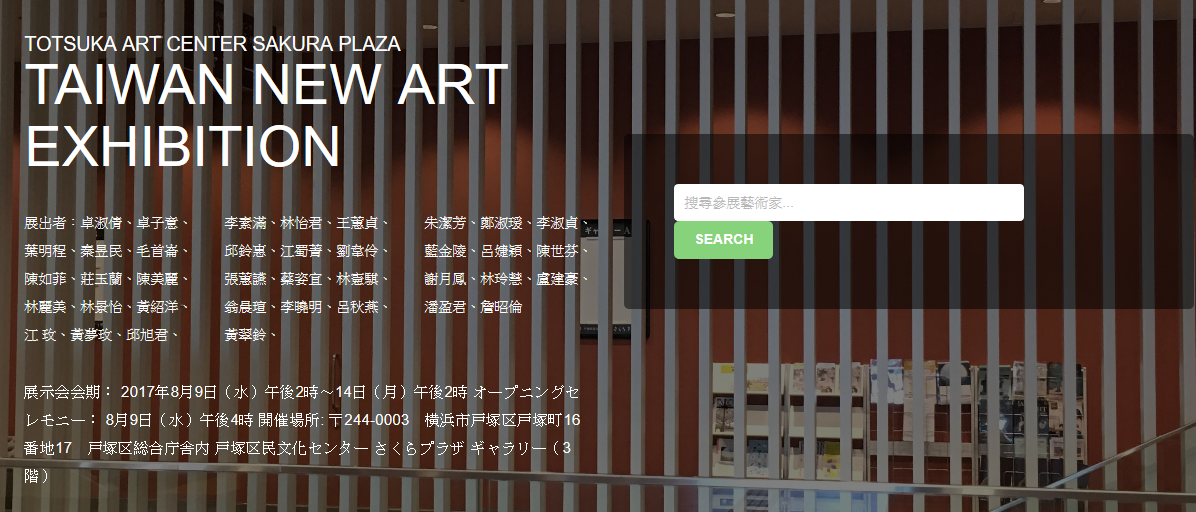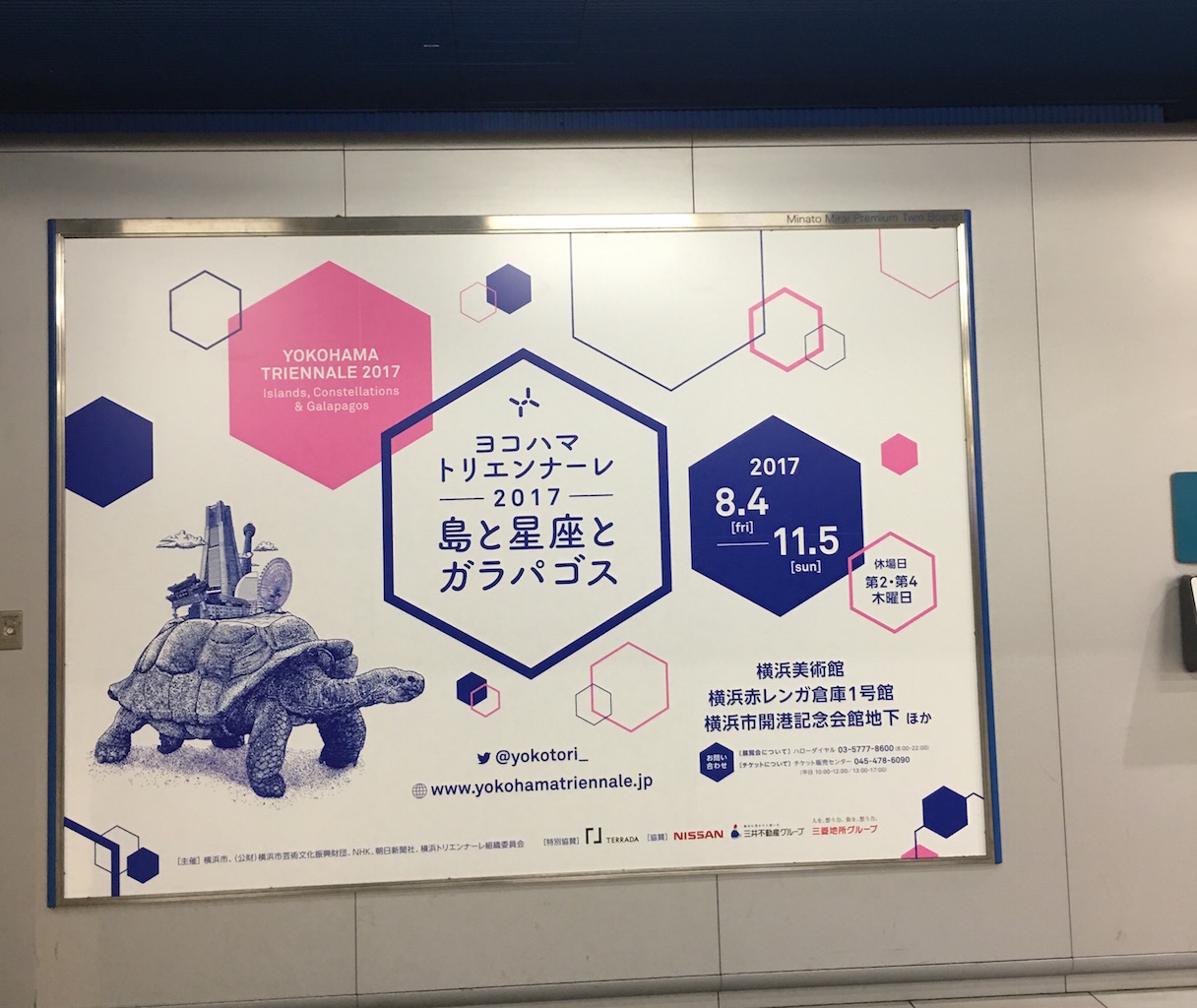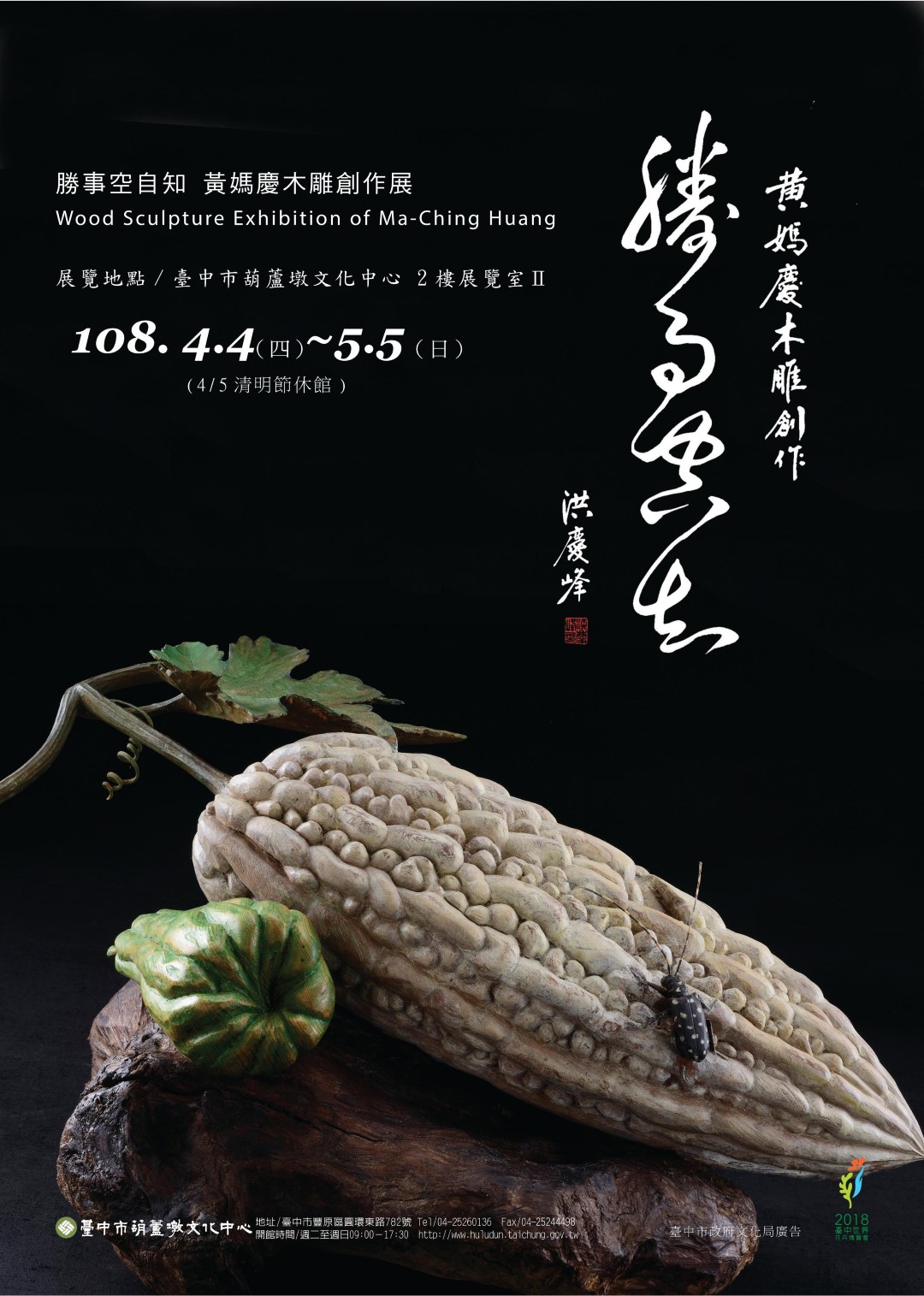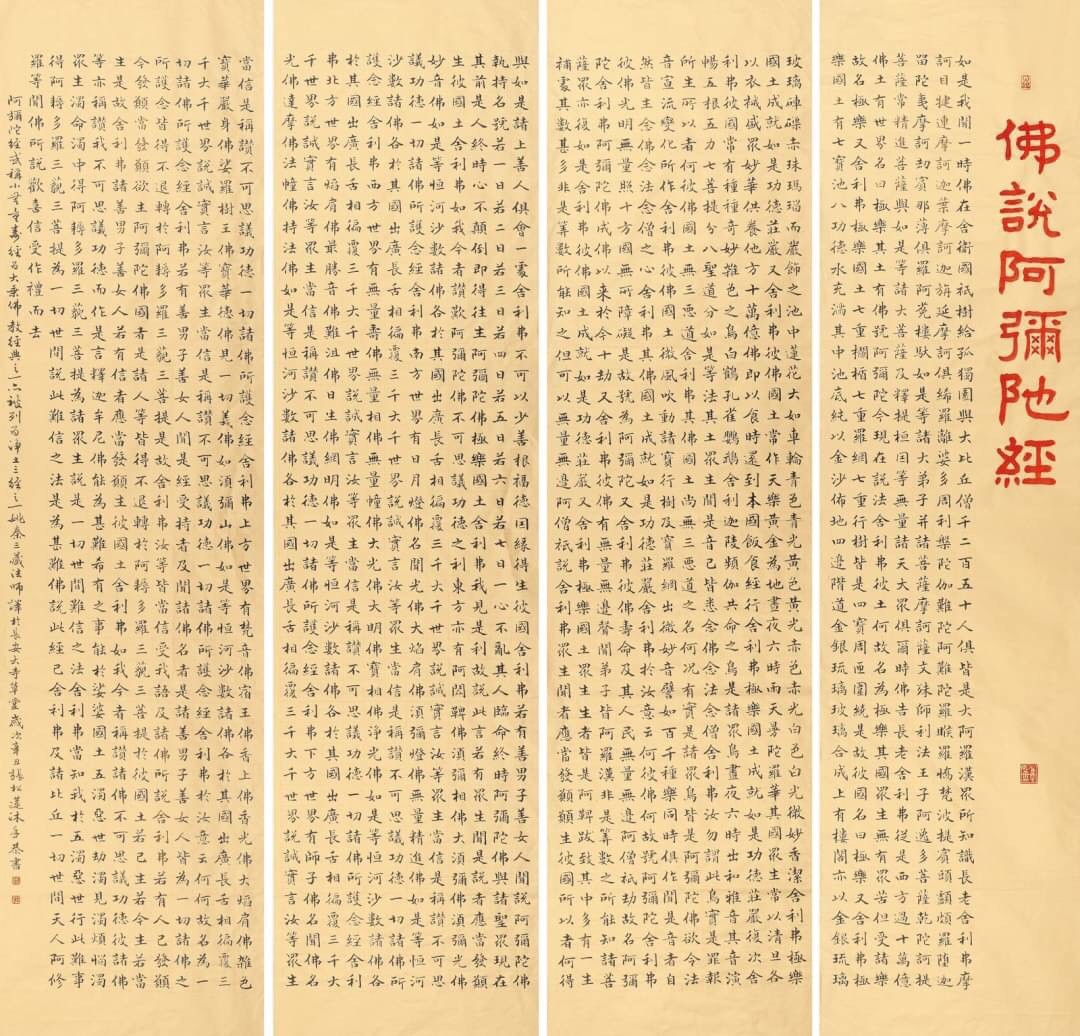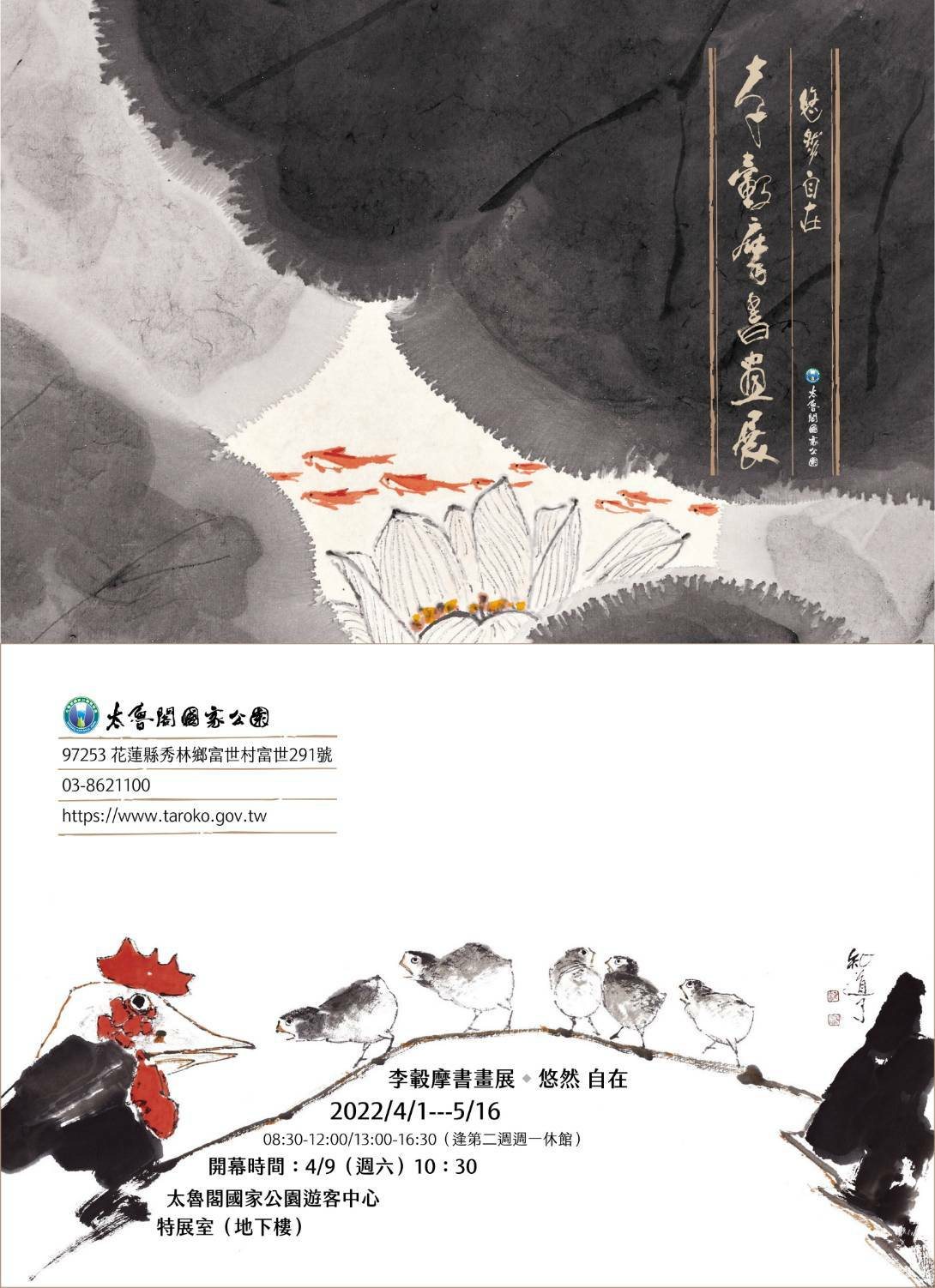
一、藝術家姓名 アーティスト名: 莊明中 Chuang,Min-Chung
二、作品圖片 作品画像:
三、作品名稱 作品名:跟月亮賽跑 月に向かって走る(つきにむかってはしる)
四、作品尺寸 作品サイズ: 50x61cm(12F)
五、作品媒材 作品の素材(媒材): 油彩畫布 油彩キャンバス
六、年代 制作年: 2023年
【創作理念】
本作品以「雞骨頭」這個象徵台灣小恐龍的角色為敘事主體,透過其奔跑的姿態,隱喻當代人面對未來的不確定與內在的渴望。作品描繪了一種持續前行、超越限制的精神狀態——在月光高掛、粉紅夢幻灑落的夜色中,小恐龍不斷追逐那不可知的遠方,彷彿在與時間、命運甚至自我進行一場詩意的賽跑。
Creative Concept
This work uses the character "Chicken Bone," a symbol of Taiwan’s little dinosaur, as the narrative subject. Through its running posture, it metaphorically reflects contemporary people’s uncertainty about the future and their inner desires.
The piece depicts a spirit of continuous forward movement and transcending limits—under a moonlit sky sprinkled with dreamy pink hues, the little dinosaur relentlessly chases the unknown distant horizon, as if engaged in a poetic race against time, fate, and even itself.
【創作コンセプト】
本作品は、「チキンボーン(雞骨頭)」という台湾の小さな恐竜を象徴するキャラクターを語り手として用い、その疾走する姿を通して、現代人が直面する未来への不確実性や内なる渇望を寓意的に表現しています。
作品は、前進し続け、限界を超えようとする精神的な状態を描いています。月光が高く照らし、ピンク色の幻想が降り注ぐ夜の中で、小さな恐竜は未知なる遠くを追い続けます。それはまるで、時間や運命、そして自分自身と詩的な競争を繰り広げているかのようです。
莊明中 Chuang,Min-Chung
莊明中 (Chuang,Min-Chung),台灣當代藝術家,現任台中教育大學美術系教授,曾擔任系所主任,長期關注海洋議題與生命本源的探索。
他的創作融合奇幻與想像,從個人視角出發,轉化為富含情感與詩意的視覺語言,帶領觀者進入一場關於生存、時間與未來的對話。
作品呈現獨特的敘事張力與圖像轉化能力,既深具個人性,也激發觀者的情感共鳴。
其作品曾於日本、中國、韓國、美國、加拿大、西班牙等地展出,廣受國際關注與肯定。
Chuang,Min-Chung is a contemporary Taiwanese artist and a professor in the Department of Fine Arts at National Taichung University of Education, where he previously served as department chair. His work has long focused on oceanic themes and the exploration of life’s origins.
Blending fantasy and imagination, his creations emerge from a personal perspective and are transformed into a visual language rich with emotion and poetic depth. He invites viewers into a dialogue about existence, time, and the future.
His work is marked by a distinctive narrative tension and a strong ability to transform imagery—deeply personal, yet capable of evoking powerful emotional resonance in the audience.
His artworks have been exhibited in Japan, China, South Korea, the United States, Canada, Spain, and other countries, earning broad international recognition and acclaim.
荘 明中(Chuang,Min-Chung)は、台湾の現代美術家であり、国立台中教育大学美術学科の教授(元学科主任)です。長年にわたり、海洋に関するテーマや生命の起源に対する探究に取り組んできました。
彼の作品は、幻想と想像力を融合させ、個人的な視点から出発し、感情と詩情に満ちた視覚言語へと昇華されています。鑑賞者を、生存・時間・未来についての対話へと導きます。
その作品は、独特の物語性とイメージ変換の力を持ち、強い個人性を備えながらも、観る者の感情に深く訴えかけます。
彼の作品は、日本、中国、韓国、アメリカ、カナダ、スペインなど、さまざまな国で展示され、国際的にも高い評価と注目を集めています。
一、學歷
- 北京中央美術學院美術學博士
- 國立臺灣師範大學美術研究所西畫創作組碩士
- 國立臺灣師範大學美術學系學士
二、經歷
莊明中1963年出生,台灣台中市人。現任國立台中教育大學美術學系專任教授、國立臺灣師範大學美術學系兼任教授。中央美術學院美術學博士,國立臺灣師範大學美術學系西方創作組碩士。
曾任國立台中教育大學美術學系系所主任、秘書室主任秘書。擔任全國美展、台中市大墩美展、全國百號油畫展、台灣美術新貌展、新北市美展、全國油畫展、聯邦美術印象獎、彰化磺溪美展、南投玉山美術獎等評審委員。
2024年擔任「凝結核國際學術研討會」論文發表人。擔任文化部藝術銀行收藏徵選評審委員、國立台灣美術館「台灣藝術家傳記」審查委員,以及台中市立美術館、桃園市立美術館、嘉義縣梅嶺美術館典藏委員。
舉辦27次個展,包括《2025萬象凝神》、《2024林之助和莊明中柳川印記聯展》、《2020心海凝視》、《2018海洋進行式》、《2016寶島漫波油畫》等。
並參展多場國際交流展,如:
- 2023 台日美術交流展/東京新美術館
- 2022 台日藝術交流展/國立國父紀念館
- 2022 台澳義國水彩交流展
- 2013 SNIFFOUT藝術博覽會/日本大阪
2023年策展「藝潮匯流大台中──走進現代藝術的豐原班策展」於台中市立美術館。出版個人畫冊專輯十輯,策展論述三輯。作品廣受國內外美術館、企業及私人收藏。
三、得獎或榮譽
- 2011 國立台中教育大學教學優良教師
- 2019 國際水彩暨第三屆台灣水彩創作獎
- 2006 國立台中教育大學傑出校友(學術類)
- 2005 榮獲中興文藝獎章
- 2005 受邀屏東半島藝術季駐村藝術家
- 1994 全省美展水彩類教育廳獎
- 1993 教育部文藝創作獎第二名
- 1992 全省公教美展油畫、水彩第一名
- 1992 第五十五屆台陽美展油畫優選獎
- 1992 第十六屆全國油畫展優選獎
- 1990 台灣師大畢業展水彩第一名
四、展覽
▍近年個展
- 2020《心海凝視》/大墩文化中心
- 2018《海洋進行式》/中興大學
- 2016《寶島曼波》/國立彰化生活美學館
- 2015《方圓物語》/國立臺中教育大學藝術中心
- 2013《回溯─創作三十年個展》/台中屯區藝文中心
- 2013《海族讚歌》/台灣文化會館
- 2012 彰化縣藝術館邀請個展
- 2010 臺北國父紀念館邀請個展
▍近期國內外展出(節錄)
- 2019 台南市立美術館開館展
- 2019 中央美院與台師大交流展/台師大德群藝廊
- 2018 綠川風情特展、創紀畫會聯展、第42屆全國油畫展
- 2017 台灣文創藝術博覽會/台中軟體園區
- 2016 兩岸當代繪畫交流展/南京
- 2014 「泰風光」國際水彩邀請展/臺北、曼谷
- 2013《美麗台灣》經典展/北京、上海
- 2013 SNIFFOUT藝術博覽會/日本大阪
- 2012 台灣澳洲國際水彩邀請展/澳洲雪梨
- 2011 台灣國際水彩畫邀請展/美國賓州與喬治亞州、台北國父紀念館
- 2010 壯瀾波濤–兩岸水彩名家交流展/台北中正紀念堂
- 2008《文化後的文化》當代油畫大展/北京元藝術中心
五、作品典藏單位
- 國立台灣美術館
- 國立台灣藝術教育館
- 國立臺灣師範大學
- 北京元美術館
- 臺北國父紀念館
- 行政院蒙藏委員會
- 佛光山佛陀紀念館
- 北京太和藝術中心
- 長流美術館
- 及多家私人企業與個人收藏
六、著作
- 2016《寶島曼波-莊明中創作展專輯》/國立彰化生活美學館
- 2014〈論兩岸鄉土繪畫中敘事性題材的圖像意義〉/中央美術學院
- 2013《回溯–莊明中創作三十年個展專輯》/臺中屯區藝術中心
- 2013《海族讚歌–莊明中個展專輯》/台灣文化會館基金會
- 2011《台灣美術名家100–莊明中專輯》/香柏樹文化公司
- 2010《觀魚99–莊明中油畫創作集》/臺北國父紀念館
Chuang Ming-Chung
1. Education
- Ph.D. in Fine Arts, Central Academy of Fine Arts, Beijing
- M.F.A. in Western Painting, Graduate Institute of Fine Arts, National Taiwan Normal University
- B.F.A., Department of Fine Arts, National Taiwan Normal University
2. Career
Chuang Ming-Chung was born in 1963 in Taichung City, Taiwan. He is currently a full-time professor in the Department of Fine Arts at National Taichung University of Education, and also a part-time professor in the Department of Fine Arts at National Taiwan Normal University.
He received his Ph.D. in Fine Arts from the Central Academy of Fine Arts and a Master’s degree in Western painting from National Taiwan Normal University.
He has served as department chair and chief secretary at the Department of Fine Arts, National Taichung University of Education. Chuang has also served as a juror for numerous major exhibitions in Taiwan, including the National Art Exhibition, Dadun Fine Arts Exhibition in Taichung, National Grand Format Oil Painting Exhibition, New Perspective on Taiwanese Art Exhibition, New Taipei City Art Exhibition, National Oil Painting Exhibition, Federal Art Impression Award, Huangxi Art Exhibition in Changhua, and Yushan Art Award in Nantou.
He presented a paper at the 2024 "Condensed Core" International Academic Conference. He is a member of the review committee for the Ministry of Culture’s Art Bank Collection Program, the National Taiwan Museum of Fine Arts' artist biography review committee, and a collection committee member for Taichung City Art Museum, Taoyuan Museum of Fine Arts, and Meiling Art Museum in Chiayi County.
He has held 27 solo exhibitions, including 2025 Spirit of Myriad Images, 2024 Impression of Liuzhangli – Lin Chih-Chu and Chuang Ming-Chung Joint Exhibition, 2020 Gazing at the Mind Sea, 2018 Ocean in Progress, and 2016 Formosa Mambo.
He has participated in numerous international exchange exhibitions, such as:
- 2023 Taiwan–Japan Art Exchange Exhibition / The National Art Center, Tokyo
- 2022 Taiwan–Japan Art Exchange Exhibition / National Dr. Sun Yat-sen Memorial Hall
- 2022 Taiwan–Australia–Italy Watercolor Exchange Exhibition
- 2013 SNIFFOUT Art Fair / Osaka, Japan
In 2023, he curated Confluence of Art – Taichung Art Trends at Taichung City Art Museum. He has published ten solo art albums and three curatorial essays. His works are widely collected by art museums, corporations, and private collectors both in Taiwan and abroad.
3. Awards and Honors
- 2011 Outstanding Teaching Award, National Taichung University of Education
- 2019 International Watercolor Award & 3rd Taiwan Watercolor Creation Award
- 2006 Distinguished Alumnus (Academic Category), National Taichung University of Education
- 2005 Chung Hsing Arts Medal
- 2005 Artist-in-residence, Pingtung Peninsula Arts Festival
- 1994 Education Bureau Award, Taiwan Provincial Art Exhibition (Watercolor)
- 1993 2nd Prize, Ministry of Education Literary and Art Creation Award
- 1992 1st Prize, Oil and Watercolor, Taiwan Provincial Civil Servants Art Exhibition
- 1992 Honorable Mention, 55th Taiyang Fine Arts Exhibition (Oil Painting)
- 1992 Honorable Mention, 16th National Oil Painting Exhibition
- 1990 1st Prize in Watercolor, Graduation Exhibition, National Taiwan Normal University
4. Exhibitions
▍Recent Solo Exhibitions
- 2020 Gazing at the Mind Sea – Dadun Cultural Center
- 2018 Ocean in Progress – National Chung Hsing University
- 2016 Formosa Mambo – National Changhua Living Art Center
- 2015 Stories of Square and Circle – National Taichung University of Education Art Center
- 2013 Retrospective – 30 Years of Creation – Taichung Tun District Art Center
- 2013 Hymn of Sea Creatures – Taiwan Cultural Center
- 2012 Solo Exhibition (invited) – Changhua County Art Museum
- 2010 Solo Exhibition (invited) – National Dr. Sun Yat-sen Memorial Hall
▍Recent Group/International Exhibitions (selected)
- 2019 Opening Exhibition, Tainan Art Museum
- 2019 Academic Exchange Exhibition, Central Academy of Fine Arts & NTNU / Dequn Gallery
- 2018 Green River Scenery, Chuangji Art Group, 42nd National Oil Painting Exhibition
- 2017 Campus Tour of Taiwanese Artists (III), 41st National Oil Painting Exhibition
- 2017 Taiwan Cultural and Creative Expo / Taichung Software Park
- 2017 Exhibition & Symposium / Shandong Art Museum (invited critic)
- 2016 Cross-Strait Contemporary Painting Exchange Exhibition / Nanjing
- 2015 Taiwan–Xi’an Calligraphy & Painting Exchange Exhibition / Dequn Gallery
- 2014 Thai Landscapes International Watercolor Exhibition / Taipei & Bangkok
- 2013 Beautiful Taiwan – Modern Taiwanese Masters / Beijing & Shanghai
- 2013 Sniffout Art Fair / Osaka, Japan
- 2013 Taiwan–Korea Exchange Exhibition / Chang Liu Art Museum
- 2012 Taiwan–Australia Watercolor Exhibition / Sydney, Australia
- 2011 International Paper Art Exhibition / Taipei
- 2011 Taiwan International Watercolor Exhibition – Robeson Gallery (Penn State, PA), Carrollton Cultural Arts Center (GA), & Sun Yat-sen Memorial Hall
- 2010 Mighty Waves Cross-Strait Watercolor Exhibition / Chiang Kai-shek Memorial Hall
- 2008 Post-Culture Culture Contemporary Oil Painting Exhibition / Yuan Art Center, Beijing
5. Art Collections
His works are housed in the following institutions and organizations:
- National Taiwan Museum of Fine Arts
- National Taiwan Arts Education Center
- National Taiwan Normal University
- Yuan Art Museum (Beijing)
- National Dr. Sun Yat-sen Memorial Hall
- Mongolian & Tibetan Affairs Commission, Executive Yuan
- Fo Guang Shan Buddha Museum
- Taihe Art Center (Beijing)
- Chang Liu Art Museum
- Various corporate and private collections
6. Publications
- 2016 Formosa Mambo – Exhibition Album / National Changhua Living Art Center
- 2014 On the Narrative Imagery in Local Painting of Both Sides of the Strait / CAFA
- 2013 Retrospective – 30 Years of Creation / Taichung Tun District Art Center
- 2013 Hymn of Sea Creatures – Solo Exhibition Album / Taiwan Cultural Center Foundation
- 2011 Taiwan Fine Arts Masters 100 – Chuang Ming-Chung / Cedar Tree Culture
- 2010 Watching the Fish 99 – Oil Painting Collection / National Dr. Sun Yat-sen Memorial Hall
莊明中
一、学歴
- 北京中央美術学院 美術学博士
- 国立台湾師範大学 美術研究科 西洋画専攻 修士課程修了
- 国立台湾師範大学 美術学科 学士
二、経歴
莊明中(チュアン・ミンチョン)は1963年、台湾台中市生まれ。現在、国立台中教育大学美術学科専任教授、および国立台湾師範大学美術学科兼任教授。
中央美術学院にて美術学博士号取得。国立台湾師範大学にて西洋画創作専攻の修士課程修了。
これまでに国立台中教育大学美術学科主任、秘書室主任などを歴任。全国美展、台中大墩美展、全国百号油画展、台湾美術新貌展、新北市美展、全国油画展、聯邦美術印象賞、彰化磺渓美展、南投玉山美術賞などの審査員を務める。
2024年「凝結核国際学術シンポジウム」発表者。文化部藝術銀行収蔵審査委員、国立台湾美術館「台湾藝術家伝記」審査委員。台中市立美術館、桃園市立美術館、嘉義県梅嶺美術館の収蔵委員も務める。
2025年の《万象凝神》、2024年《林之助と莊明中 柳川の記憶》、2020年《心海凝視》、2018年《海洋進行式》、2016年《宝島マンボ》など、計27回の個展を開催。
また、以下の国際交流展に参加:
- 2023年 日台美術交流展/東京・国立新美術館
- 2022年 日台芸術交流展/国立国父記念館
- 2022年 台湾・オーストラリア・イタリア水彩交流展
- 2013年 SNIFFOUTアートフェア/日本・大阪
2023年には、台中市立美術館で《藝潮匯流大台中──現代美術への扉》展を企画。個人画集10冊、企画論集3冊を出版。作品は国内外の美術館、企業、個人コレクターに広く収蔵されている。
三、受賞・栄誉
- 2011年 国立台中教育大学 優秀教育者賞
- 2019年 国際水彩画展・第3回台湾水彩創作賞
- 2006年 国立台中教育大学 優秀卒業生(学術部門)
- 2005年 中興文芸賞章受賞
- 2005年 屏東半島芸術祭 招聘レジデンスアーティスト
- 1994年 台湾省美展 水彩部門 教育庁賞
- 1993年 教育部 文芸創作賞 第2位
- 1992年 台湾省公教美展 油画・水彩 各部門1位
- 1992年 第55回台陽美展 油画 優秀賞
- 1992年 第16回全国油画展 優秀賞
- 1990年 台湾師範大学卒業展 水彩部門1位
四、展覧会
▍近年の個展
- 2020年《心海凝視》/台中・大墩文化中心
- 2018年《海洋進行式》/中興大学
- 2016年《宝島マンボ》/国立彰化生活美学館
- 2015年《方円物語》/国立台中教育大学 芸術中心
- 2013年《回顧─創作30年記念展》/台中屯区芸文中心
- 2013年《海族讃歌》/台湾文化会館
- 2012年 彰化県芸術館 招待個展
- 2010年 台北・国父記念館 招待個展
▍近年の国内外グループ展・国際展(抜粋)
- 2019年 台南市立美術館 開館記念展
- 2019年 中央美院×台湾師範大学 美術学科交流展/台師大徳群藝廊
- 2018年《緑川風情》特別展、《創紀画会》聯展、第42回全国油画展
- 2017年 台湾藝術家キャンパス巡回展(第3回)、第41回全国油画展、台湾文創芸術博覧会(台中ソフトウェアパーク)
- 2017年 山東美術館 展覧・シンポジウム 招聘批評家
- 2016年 中華両岸当代絵画交流展/南京
- 2015年 台北–西安書画名家交流展/台師大徳群画廊
- 2014年《泰風光》国際水彩招待展/台北・バンコク
- 2013年《美しい台湾──近現代名家名品展》/北京・上海
- 2013年 SNIFFOUTアートフェア/大阪
- 2012年 台湾×オーストラリア国際水彩招待展/シドニー
- 2011年 国際紙芸大展/台北国父記念館
- 2011年 台湾国際水彩画招待展
-Robeson Gallery(ペンシルベニア州立大学)、Carrollton Cultural Arts Center(ジョージア州)
-台北国父記念館 - 2010年《壮瀾波濤》両岸水彩名家交流展/中正記念堂
- 2008年《文化の後の文化》当代油画大展/北京・元芸術中心
五、作品収蔵機関
- 国立台湾美術館
- 国立台湾芸術教育館
- 国立台湾師範大学
- 北京元美術館
- 台北国父記念館
- 行政院蒙蔵委員会
- 佛光山仏陀記念館
- 北京太和芸術中心
- 長流美術館
- その他、企業および個人コレクション多数
六、著作
- 2016年《宝島マンボ─莊明中創作展專輯》/国立彰化生活美学館
- 2014年〈両岸郷土絵画における物語性図像の意義〉/中央美術学院
- 2013年《回顧─創作30年記念展》/台中屯区芸術中心
- 2013年《海族讃歌─莊明中個展專輯》/台湾文化会館基金会
- 2011年《台湾美術名家100─莊明中》/香柏樹文化公司
- 2010年《観魚99─莊明中油画創作集》/台北国父記念館



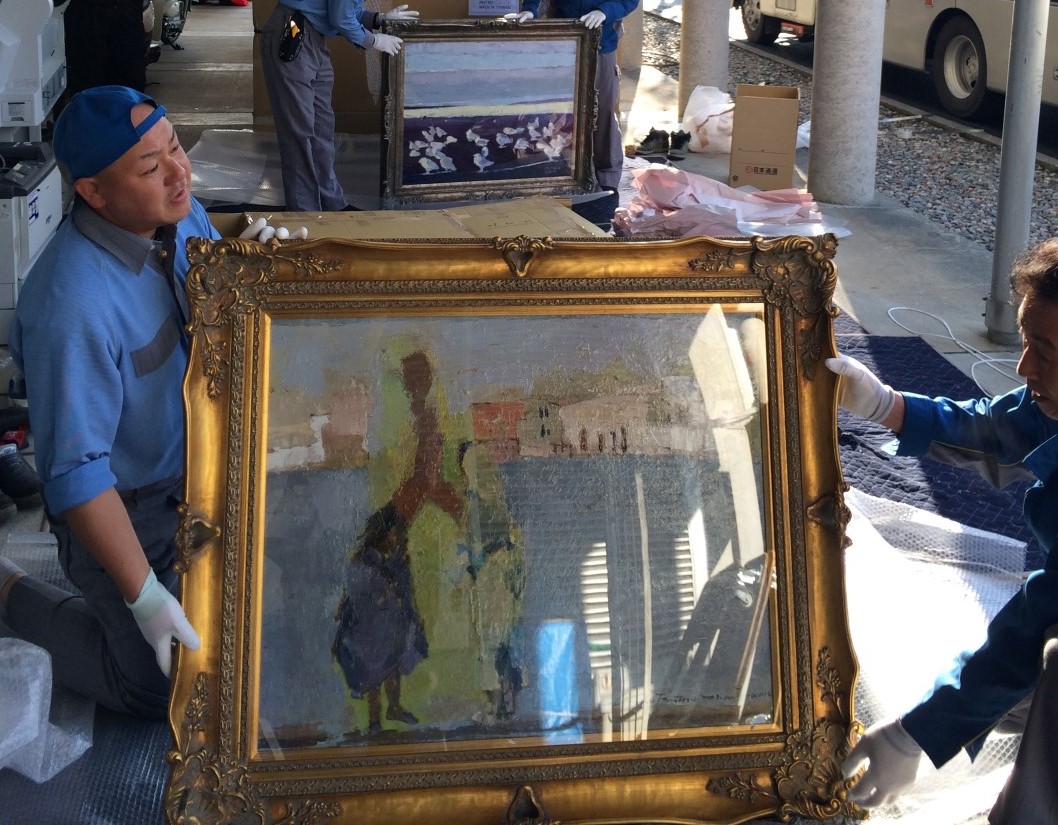




![[アジア平和芸術,台日書畫水と墨の魔法]展 官方網站上線](https://rumotan.com/images/sampledata/kanagawa/kanagawa2.png)



